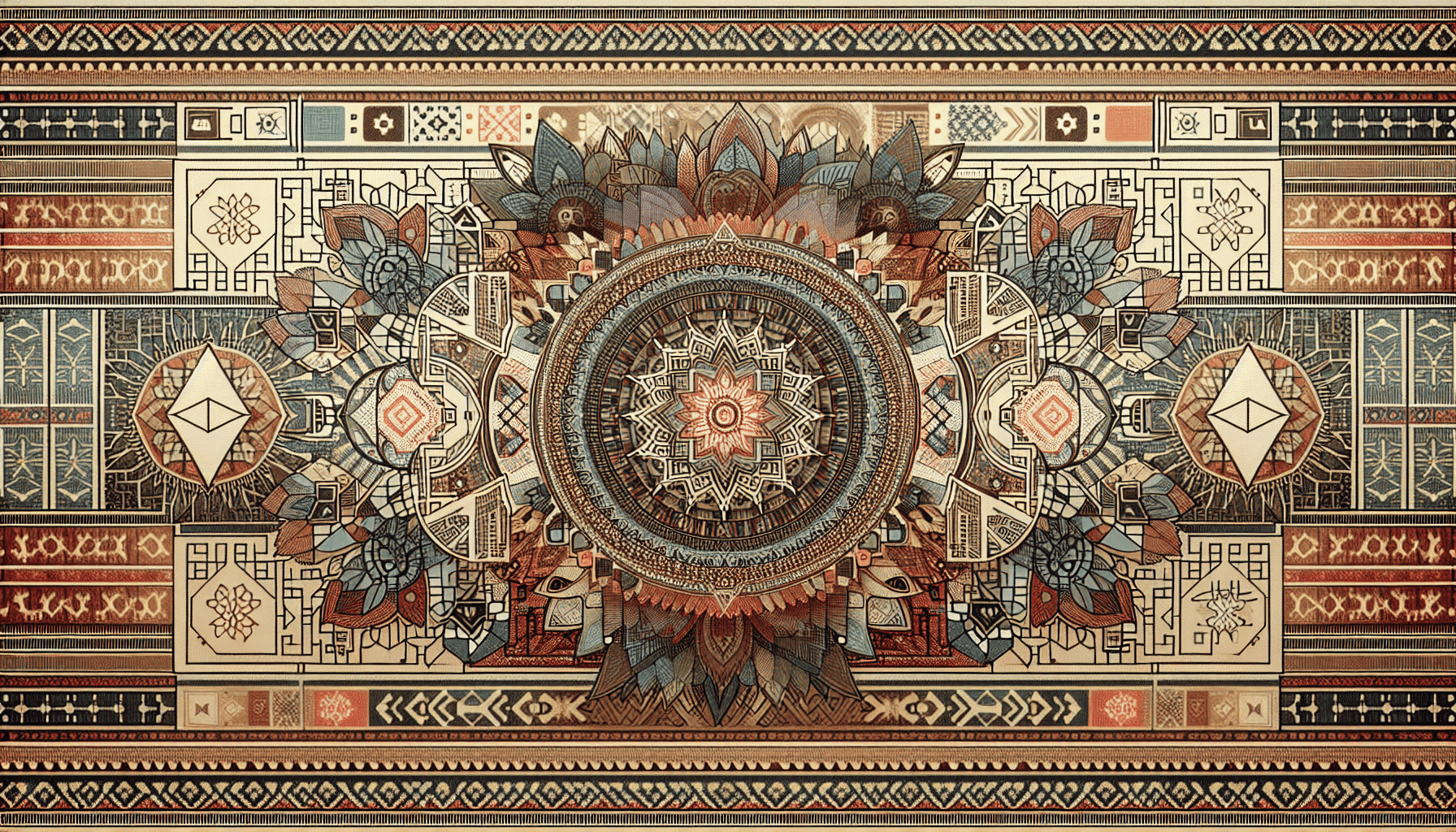Cultural aesthetics are a crucial component of web design, offering a unique blend of tradition and innovation. Indian web design, in particular, stands out for its vivid amalgamation of traditional art and modern technology. Aviator Web Design Engineers are at the forefront of this fascinating intersection, showcasing how cultural influences can enhance and elevate web design.
One of the key elements in Indian web design is the use of color. India is renowned for its vibrant palette, often seen during festivals such as Holi, which celebrates the arrival of spring with a riot of colors. This vividness is mirrored in web design through the use of bright, bold hues that capture the viewer's attention and evoke a sense of energy and warmth. By leveraging this color tradition, Indian web designers create visually striking websites that are both engaging and memorable.
Patterns and motifs drawn from traditional Indian art forms also play a significant role in shaping the aesthetic of Indian websites. Intricate designs, such as paisley or mandala patterns, are often integrated into webpage backgrounds, borders, or icons. These patterns not only add depth and texture but also help convey a narrative or theme, reflecting the cultural stories and heritage of the region.
Typography is another area where Indian culture leaves its mark on web design. The use of Indian scripts such as Devanagari can add an authentic touch, while bespoke fonts inspired by calligraphy or historical manuscripts lend elegance and uniqueness to a website. This typographic diversity allows designers to communicate effectively with a multilingual audience, bridging cultural gaps through visual language.
Incorporating traditional Indian symbols is another technique used by web designers to connect with local audiences. Symbols such as the lotus, peacock, or the Om sign carry profound cultural meanings and can be seamlessly integrated into logos, icons, or decorative elements on a website. They help create an emotional connection with users by resonating with their cultural identity.
Furthermore, the influence of traditional Indian storytelling should not be overlooked. India has a rich tradition of narrative arts, from ancient epics like the Mahabharata and Ramayana to contemporary Bollywood films. Web designers draw inspiration from this storytelling tradition to create immersive user experiences. Through the use of interactive elements, animations, and multimedia, they bring these stories to life on digital platforms, inviting users to explore and engage with the content in a meaningful way.
Finally, Indian web design benefits from the integration of cutting-edge technology. With an ever-growing tech-savvy population, designers are able to combine cultural aesthetics with state-of-the-art features. The use of responsive design, AI-driven personalization, and advanced web animations ensure that websites not only look culturally enriching but also perform seamlessly across various devices, offering a modern user experience.
In conclusion, the fusion of cultural aesthetics and advanced web technology in Indian web design creates a unique digital landscape that is both traditional and contemporary. Aviator Web Design Engineers exemplify this harmonious blend, demonstrating how elements of Indian art and culture can be effectively integrated into modern web experiences. By honoring cultural heritage while embracing technological advancements, they craft digital spaces that resonate deeply with users worldwide.
